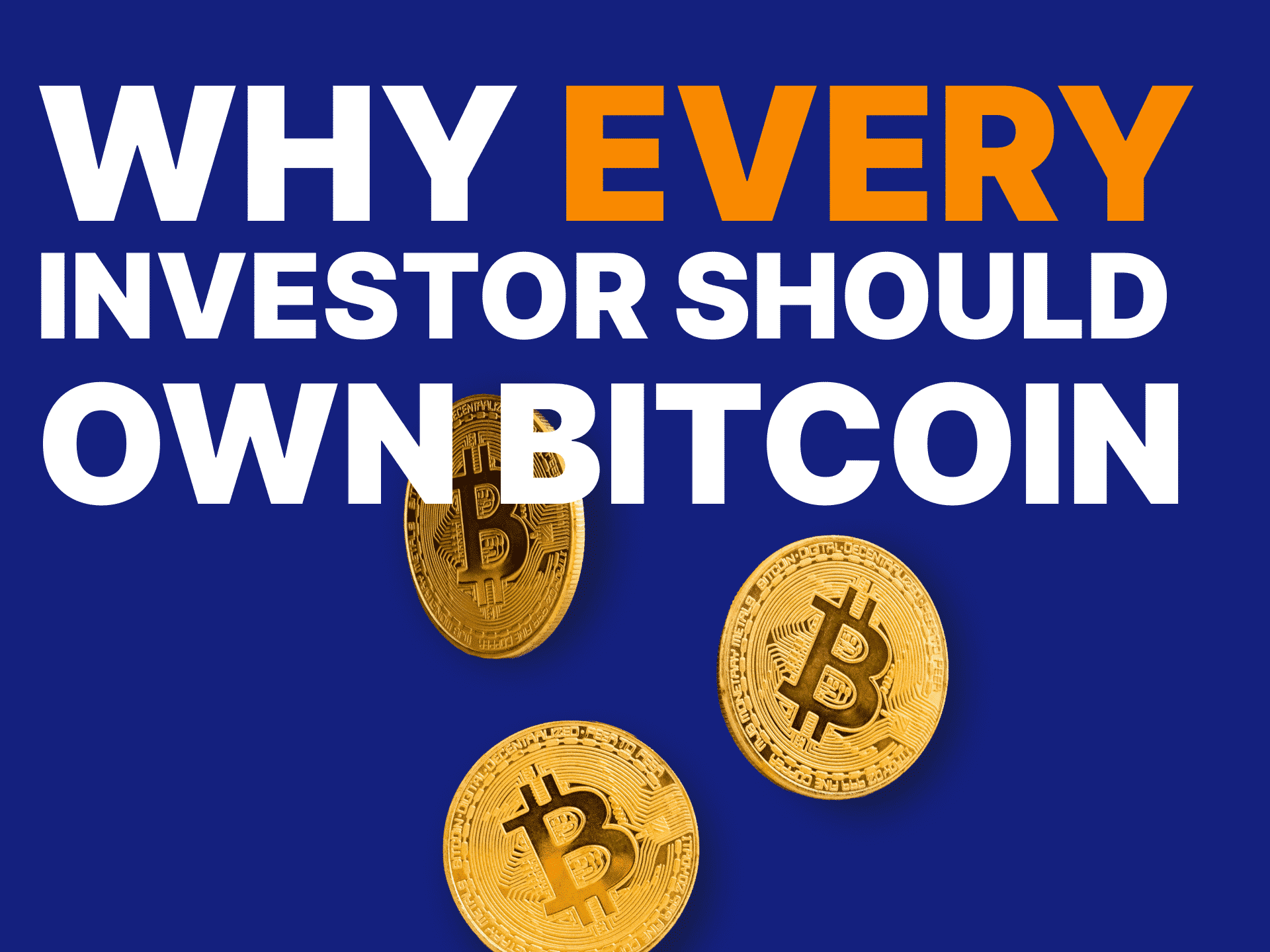Bitcoin may be volatile, but during its short life, it has outperformed almost every other asset in the market. However, there are still plenty of people who are refraining from adding bitcoin into their portfolio, typically because they don’t understand the investment care for bitcoin.
Read on to learn why you should probably hold bitcoin in your portfolio.
Why Investors Are Piling Into Bitcoin
Bitcoin is a unique asset that is different things to different people.
- Investors hold bitcoin as a speculative investment;
- corporations are adding bitcoin to their balance sheets as a hedge against inflation;
- individuals located in countries with weak economies and collapsing currencies use bitcoin as a store of value;
- and people across the globe use bitcoin as their savings account.
In El Salvador, for example, citizens use bitcoin for low-cost remittances and to make and accept payments within its local economy. Publicly traded companies in the US, such as MicroStrategy and Tesla, use it as cash reserves on their balance sheets. In Nigeria, and many other emerging markets, individuals are using bitcoin for remittances.

And both institutional and private investors are buying bitcoin because it provides excellent portfolio diversification and has historically increased portfolio returns.
The reason for bitcoin’s exorbitant rise in price can be attributed to several factors, but its genius hard-corded monetary policy lies at the forefront.
Bitcoin has a finite supply of 21 million coins, and new coins are released into the circulating supply and a decreasing rate.
As bitcoin’s limited supply has been met with increasing demand, the price of bitcoin went from trading below 1 cent to over $68,000 in a little under 13 years since it was launched.
Bitcoin’s lack of correlation with traditional asset classes, such as stocks and bonds, has also driven more institutional investors towards the “digital gold.”
Combined with the launch of qualified bitcoin custodians and regulated investment products that have bitcoin as the underlying, the institutional investment community has started to allocate funds towards bitcoin at an increasing rate.
Additionally, an increasing number of individuals all across the world are buying bitcoin as savings. In light of the digital currency’s impressive price increase over time and the near-zero percent interest savers receive at banks, more and more people are starting to save in bitcoin.
Using Relai, for example, you can set up an automated bitcoin savings plan that allows you to save in bitcoin in a simple and hands-off manner. Thousand of European savers are already saving in bitcoin this way.
Why Should (Probably) Have Bitcoin in Your Investment Portfolio
Investorrs can add bitcoin to a portfolio to achieve greater diversification while maximizing returns.
According to a report in The Economist, the correlation between bitcoin and stocks of all geographies since 2018 has been between 0.2 – 0.3. When you look further back, the correlation is even weaker. Bitcoin has also shown a low correlation with the bond market, suggesting that bitcoin is an excellent diversification asset.
Research conducted by Wall Street bank Morgan Stanley shows adding small amounts of bitcoin can have a positive impact on the returns of a diversified portfolio. Its research showed adding bitcoin to a traditional stocks and bond portfolio that rebalanced monthly improved annualized returns while minimizing volatility.
Bitcoin can be hard to define as an asset class because it has many of gold’s characteristics, but it can also be used as a currency and occasionally mimics the price action of tech stocks.
What history has shown, however, is that bitcoin is an excellent diversification asset that has the potential to boost the returns of every portfolio.
What Percentage of Your Portfolio Should Be in Bitcoin? Here’s What Experts Are Saying
The decision of how big your bitcoin holding is in relation to your other investments depends on factors like your age, target expected return, portfolio risk profile, and level of risk tolerance.
For example, when you’re young, you might be willing to take more risks than someone close to retirement.
At Relai, most of us hold a substantial amount of our portfolios in bitcoin because we believe that bitcoin is the best savings technology in the world.
However, to provide you with a more unbiased take on what percentage of your portfolio should be in bitcoin, we have curated the opinion of investment professionals for you.
Yale economist Professor Aleh Tsyvinski said in a study that BTC should account for about 6% of an investor’s portfolio. He also stated that even bitcoin skeptics should have at least 4% BTC allocation. Moreover, opponents of the digital currency should put 1% in BTC, even if only for diversification.
John Rekenthaler, vice president of research at investment-research firm Morningstar, told the Wall Street Journal that a “5% allocation in bitcoin will diversify a balanced portfolio as effectively as a 25% position in the largest “alternative” mutual fund, JPMorgan Hedged Equity (JHEQX)”.
The CEO of a venture capital firm Union Square Ventures, Fred Wilson, explained that professional investors could invest about five percent of their net worth to generate a high portfolio return.
Vrishin Subramaniam, founder and financial planner at CapitalWe, says investors can consider adding 2% to 5% of their net worth to gain exposure to digital assets.
A money manager at Everguide Financial Group, Mark Painter, says he invests 5% of the total portfolio on behalf of his clients that understand the risks.
Despite the advice from experts, only you can decide how much bitcoin goes into your investment portfolio.
While bitcoin’s volatility has dropped over the year, the digital currency remains a risky asset class as large price swings still occur. Therefore, you should only invest what you’re comfortable with, even if it’s as little as EUR 25 a week.
Download Relai from the Play Store or App Store today to start adding bitcoin to your investment portfolio.





